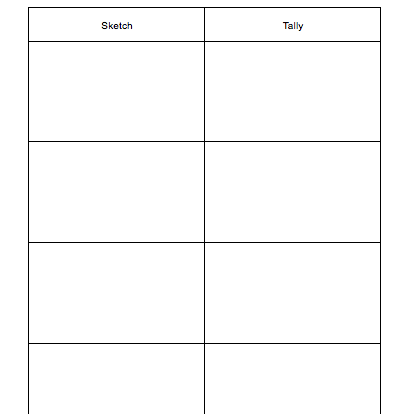-
Discuss schoolyard invertebrates. Predict the most common bug. Discuss counting, tallying and graphing. Students draw, find and tally bugs. Graph the bugs on the back of the sheet. Wrap-up: rare and common invertebrates, seasonal differences, etc.
-
Students pick an invertebrate and provide descriptions on their needs and environment. Wrap up: Discuss student answers and drawings. How does each invertebrate contribute to the environment they live in? (roles?)
-
Discuss lifecycles, larvae, galls and homes. Student’s search for and tally insect larvae. Search for the insects and insect homes listed on the worksheet and answer the corresponding questions. Wrap-up: life cycle stages, predict seasonal differences, etc.
-
Check out the resources provided by Little Green Thumbs for tips and simple activities that connect gardens to core academic subjects. New resources are being developed and added regularly!
K-8

-
Students break into teams and come up with three word problems involving something that can be seen in the nearby environment. The problems must be able to be resolved within a few minutes. Students must write the questions clear enough so that another group can understand what they are supposed to do and must be realistic enough that they can find the answer. Students must know the answer before handing the problems over to the other group. Wrap up: Discuss the problems and answers found by each group.










